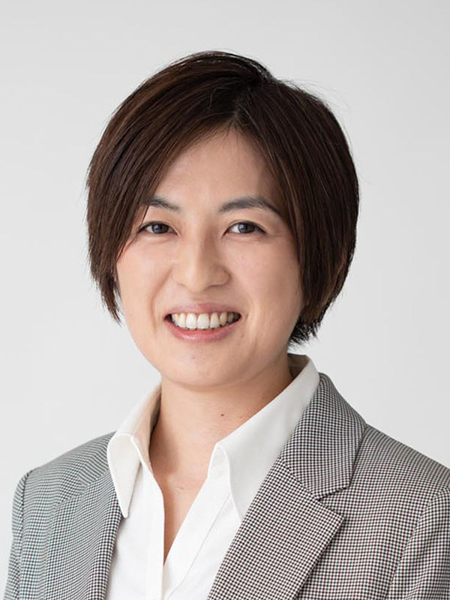Hashisaka Group

Controlling chemical reactions on solid catalyst surfaces based on understanding reaction mechanisms at a single molecule level is crucial to achieving the high reactivity of solid catalysts in a sophisticated manner. In particular, the interaction between the surface and molecule is a principal factor governing the reaction, and controlling the interaction is one of the important catalytic strategies. We have performed single-molecule studies on surface reactions induced with various excitation sources, including electrons, light, near-field light, and heat, using a scanning tunneling microscope, and elucidated the elementary processes and mechanisms of the reactions. To understand reactions on more realistic catalyst surfaces and explore novel reactions, we take on the challenge of not only developing catalyst model surfaces with highly controlled morphological structures and electronic structures but also combining the single-molecule-level analysis with macroscopic surface analysis. In collaboration with Prof. Yoshinobu group, we will combine single-molecule-level analysis with temperature-programmed desorption, infrared reflection absorption spectroscopy, and low-energy electron diffraction to understand surface reactions more comprehensively and obtain strategies for developing catalyst surfaces with high efficiency and selectivity.
